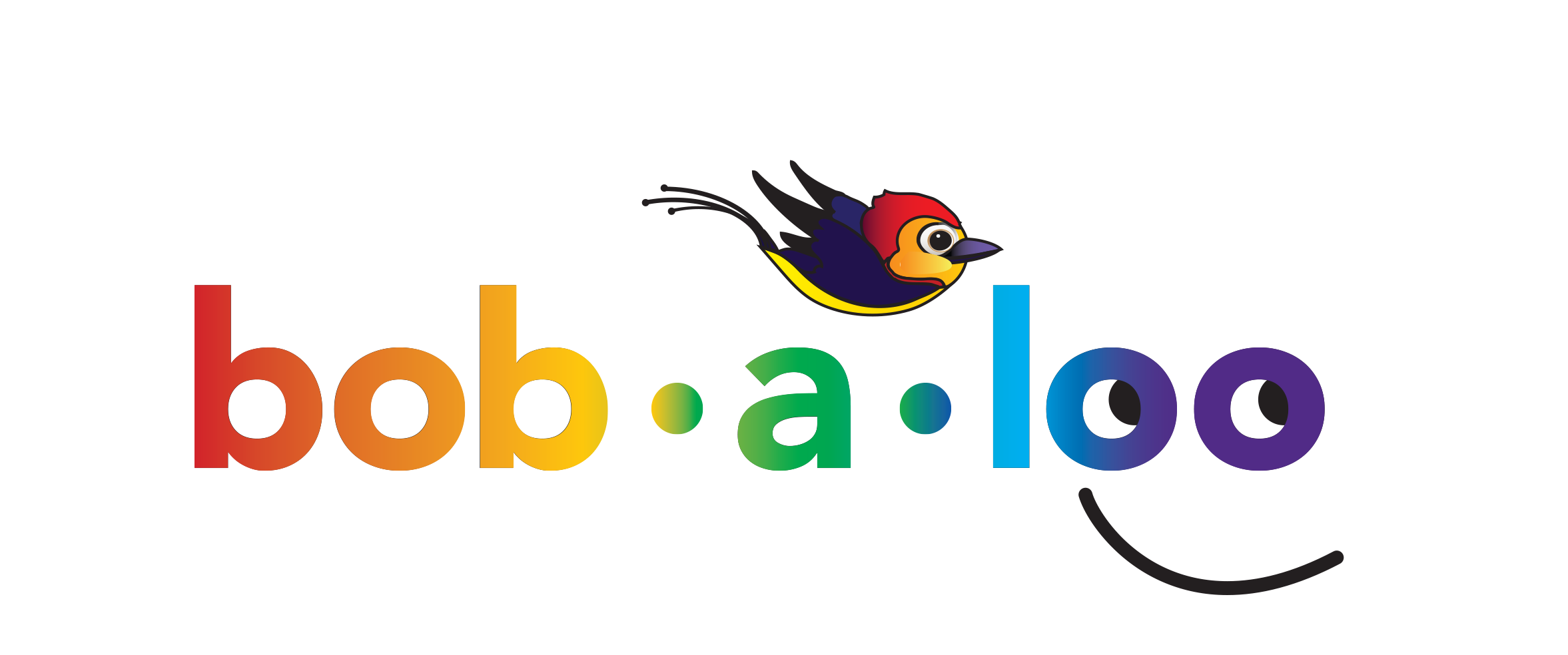A program where movement and animals increase the effectiveness of early literacy learning
Bob-a-loo engages children with movement-based learning adventures and together, with our fabulous, feathered friend Alfie, we bring reading to life. Our research-based program is designed to work in harmony with any early education curriculum (birth to age eight). Every activity page is created to promote movement while learning, using the universal appeal of animals.
Learn with Alfie!
Teaching Tools:
Printouts, Guide, and Example
Here you will find information on downloading all our free printable program materials. Be sure to print the guide that takes you through how to use all the literacy learning curriculum.
Teaching Tools
Learn More
Below you will find more information about how movement and animals enhance literacy learning.
